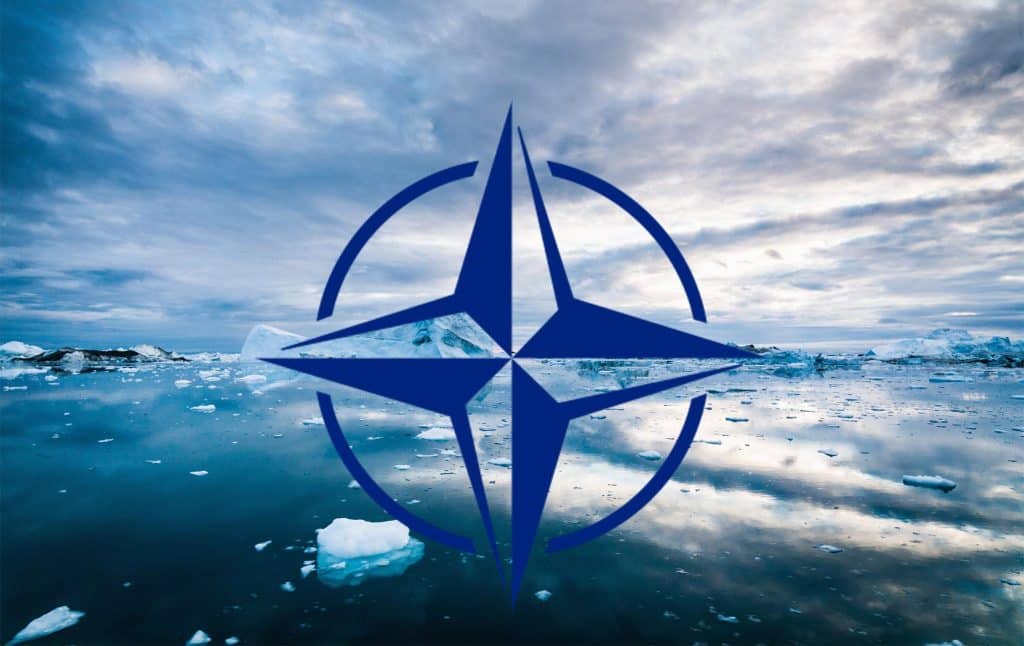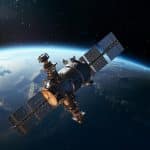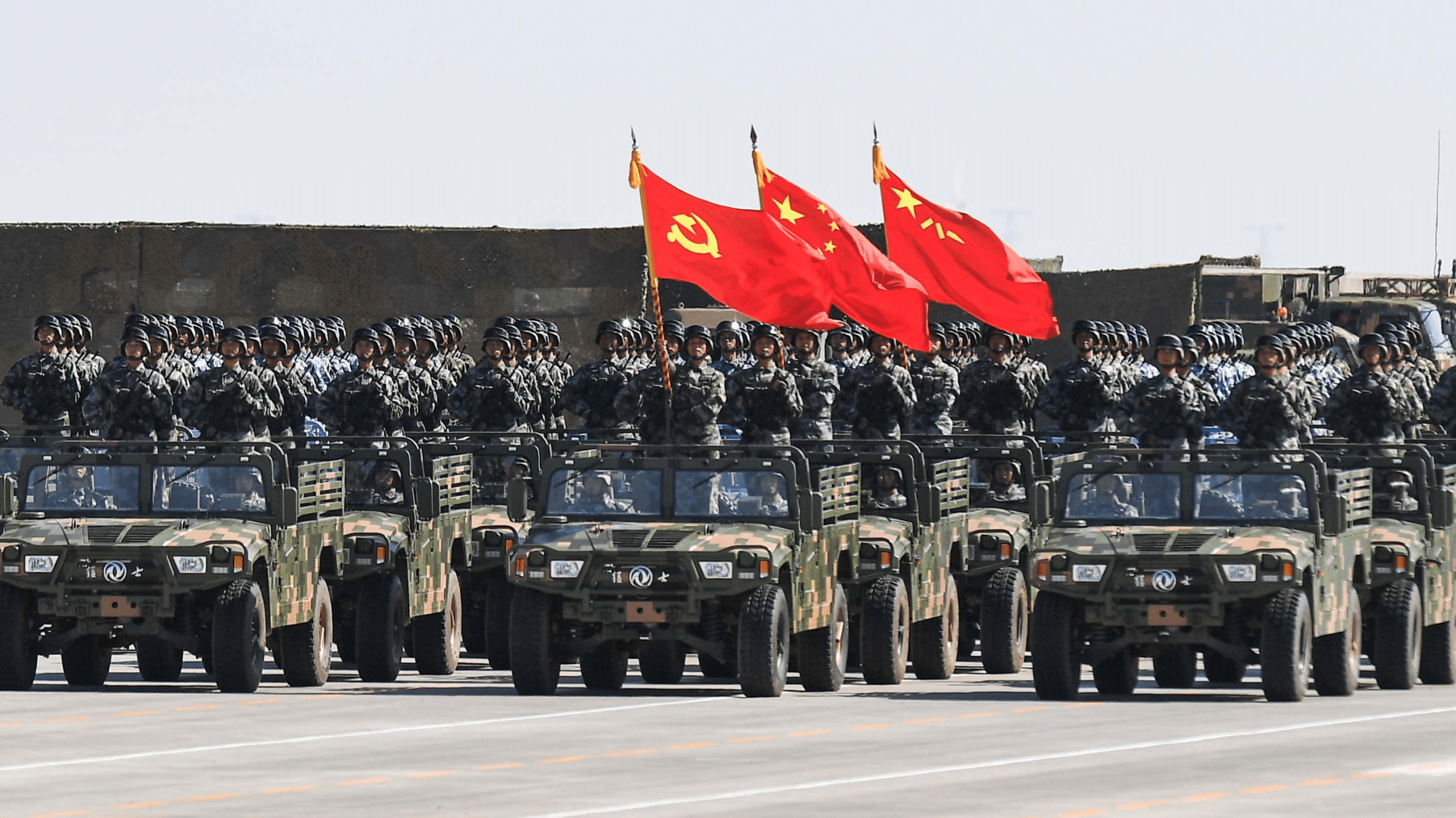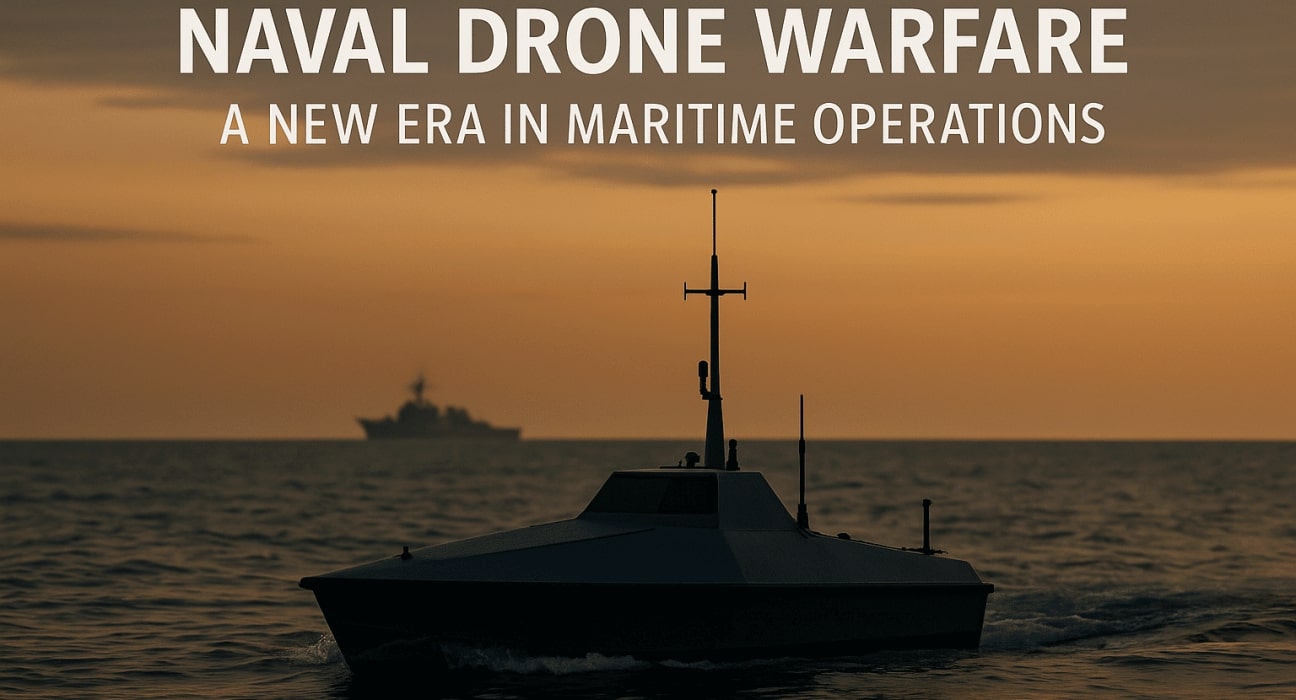The North Atlantic Treaty Organization (NATO) is a politico-military alliance comprising 32 countries in Europe and North America. Since its creation in 1949, it has ensured the collective defense of its members. The maritime domain is essential to NATO, as over 90% of world trade transits by sea, and 95% of digital communications pass via undersea cables.
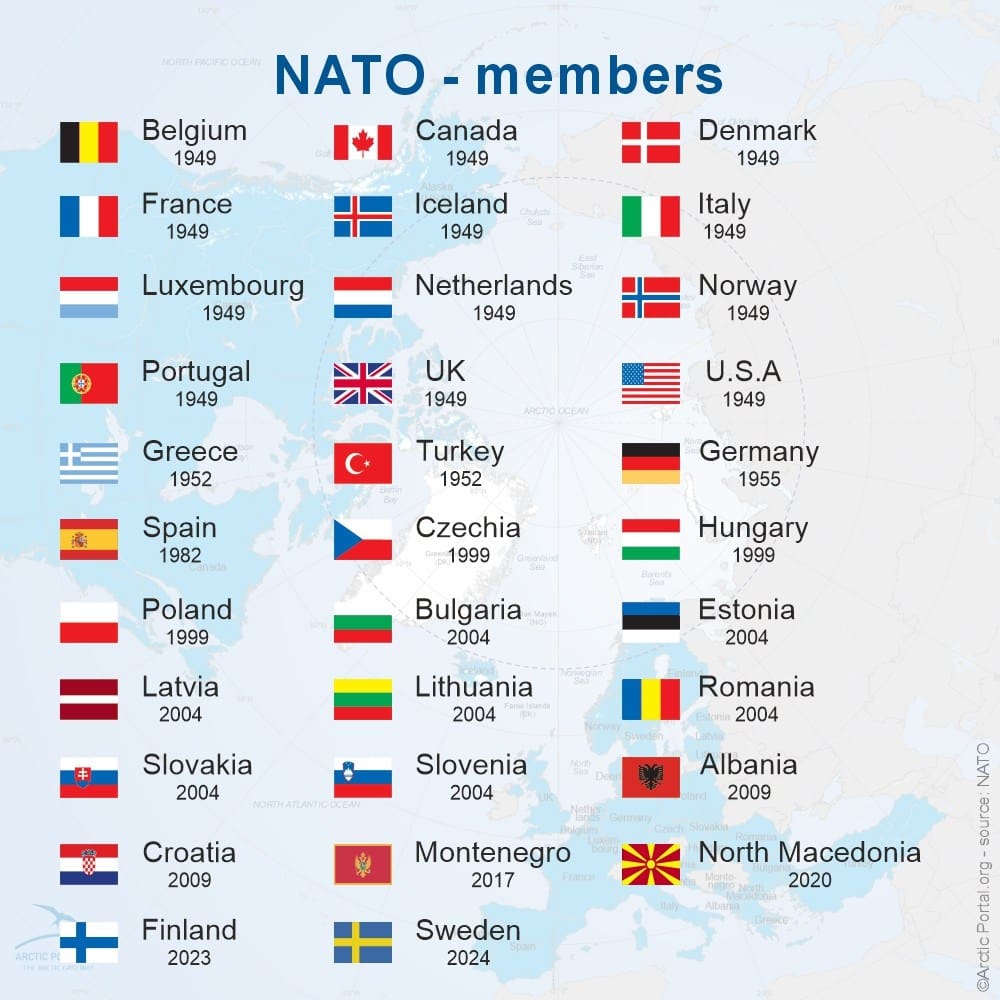
NATO’s maritime missions
NATO naval forces have three main missions:
- Deterrence and defense: to prevent conflict and defend Alliance members.
- Crisis prevention and management: to intervene rapidly in a crisis to stabilize the situation.
- Cooperative security: working with partners to enhance maritime security.
These missions aim to maintain freedom of navigation, protect important infrastructure and ensure regional stability.
Standing naval structures
NATO has permanent naval forces ready to intervene:
- Standing Naval Groups (SNMG1 and SNMG2): comprising frigates and destroyers, these groups provide a constant naval presence.
- Permanent Mine Countermeasures Groups (SNMCMG1 and SNMCMG2): specialized in the detection and neutralization of sea mines.
These forces are integrated into the NATO Response Force (NRF) and can be deployed rapidly if required.
Where is the NATO navy located?
NATO’s navy maintains an active presence in several strategic areas:
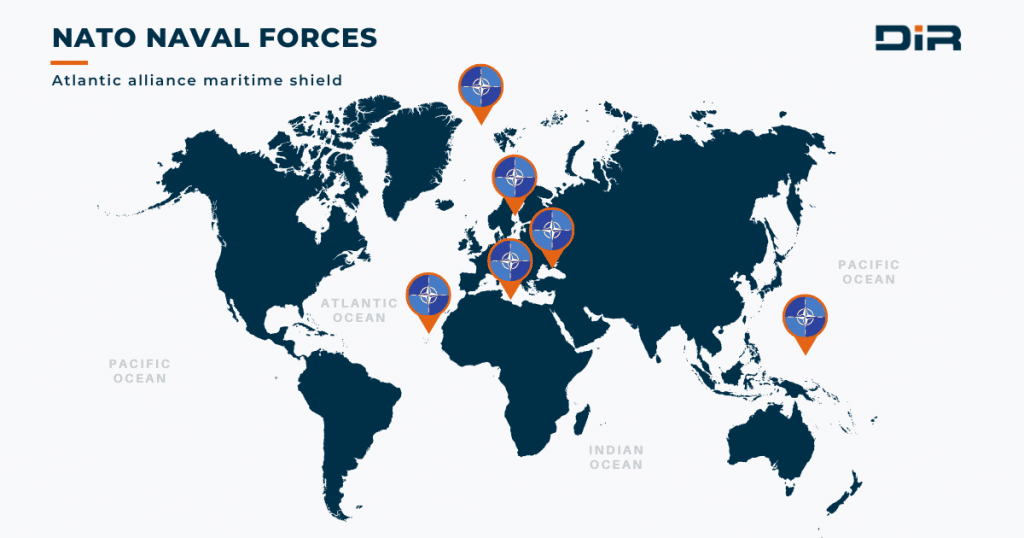
- North Atlantic & Arctic: surveillance of transatlantic lines of communication and monitoring of Russian activities.
- Baltic Sea: strong presence to deter Russia and protect the Baltic states.
- Mediterranean: securing maritime routes via Operation Sea Guardian and cooperation with partner countries.
- Black Sea: limited presence, but supported by Romania, Bulgaria and Turkey.
- West Africa: Some NATO member states are involved in training and counter-piracy activities in West Africa, but the Alliance does not maintain a permanent naval presence there.
- Indo Pacific: strategic cooperation with partners (Japan, Australia, South Korea), but no permanent presence.
NATO adapts to global threats by projecting its maritime power wherever it is needed.
Equipment and technology
NATO uses a wide range of ships and technologies to carry out its missions:
- Frigates and destroyers: multi-purpose ships for air defense, anti-submarine warfare and precision strikes.
- Support ships: provide supply and logistical support for naval forces.
- Maritime drones: used for surveillance and protection of critical underwater infrastructures.
This equipment enables NATO to maintain an effective maritime presence and respond to emerging threats.
International cooperation
NATO works closely with other organizations, notably the European Union, to enhance maritime security. This cooperation takes the form of information exchanges, mutual logistical support and joint efforts to protect key maritime routes.
